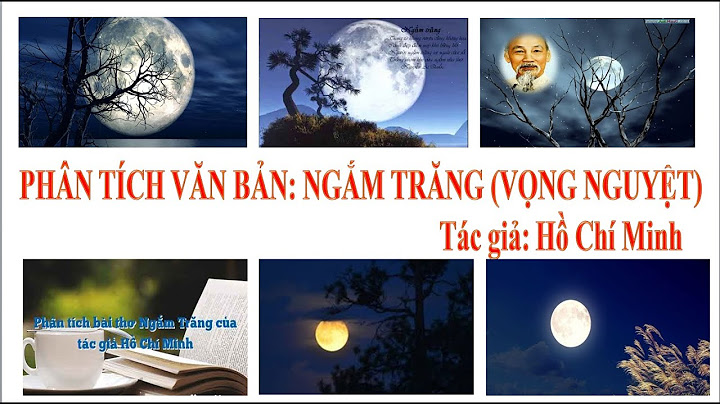Read the following passage and mark the letter A, B, C, or D to indicate the correct answer to each of the questions. The word laser was coined as an acronym for Light Amplification by the Stimulated Emission of Radiation. Ordinary light, from the Sun or a light bulb, is emitted spontaneously, when atoms or molecules get rid of excess energy by themselves, without any outside intervention. Stimulated emission is different because it occurs when an atom or molecule holding onto excess energy has been stimulated to emit it as light. Albert Einstein was the first to suggest thc existence of stimulated emission in a paper published in 1917. However, for many years physicists thought that atoms and molecules always were much more likely to emit light spontancously and that stimulated emission thus always would be much weaker. It was not until after the Second World War that physicists began trying to make stimulated emission dominate. They sought ways by which, one atom or molecule could stimulate many others to emit light, amplifying it to much higher powers. The first to succeed was Charles H. Townes, then at Columbia University in New York. Instead of working with light, however, he worked with microwaves, which have a much longer wavelength, and built a device he called a “maser”, for Microwave Amplification by the Stimulated Emission of Radiation. Although he thought of the key idea in 1951, the first maser was not compleled until a couple of years later. Before long, many other physicists were building masers and trying to discover how to produce stimulated emission at even shorter wavelengths. The key concepts emerged about 1957. Townes and Arthur Schawlow, then at Bell Telephone Laboratories, wrote a long paper outlining the conditions needed to amplify stimulated emission of visible light waves. At about the same time, similar ideas crystallized in the mind of Gordon Gould, then a 37-year-old graduate student at Columbia, who wrote them down in a series of notebooks. Townes and Schawlovs published their ideas in a scientific journal, Physical Review Letters, but Gould files a patent application. Three decades later, people still argue about who deserves the credit for the concept of the laser. Câu hỏi số 1: Chưa xác định The word “coined” in line 1 could best be replaced by _______ .
Câu hỏi số 2: Chưa xác định The word “intervention” in the first paragraph can best be replaced by _____ .
Câu hỏi số 3: Chưa xác định The word “it” in the last line of the first paragraph refers to ___ .
Câu hỏi số 4: Chưa xác định Which of the following statements best describes a laser?
Câu hỏi số 5: Chưa xác định Why was Townes’ early work with stimulated emission done with microwaves?
Câu hỏi số 6: Chưa xác định In his research at Columbia University, Charles Townes worked with all of the following EXCEPT ______ . |




















